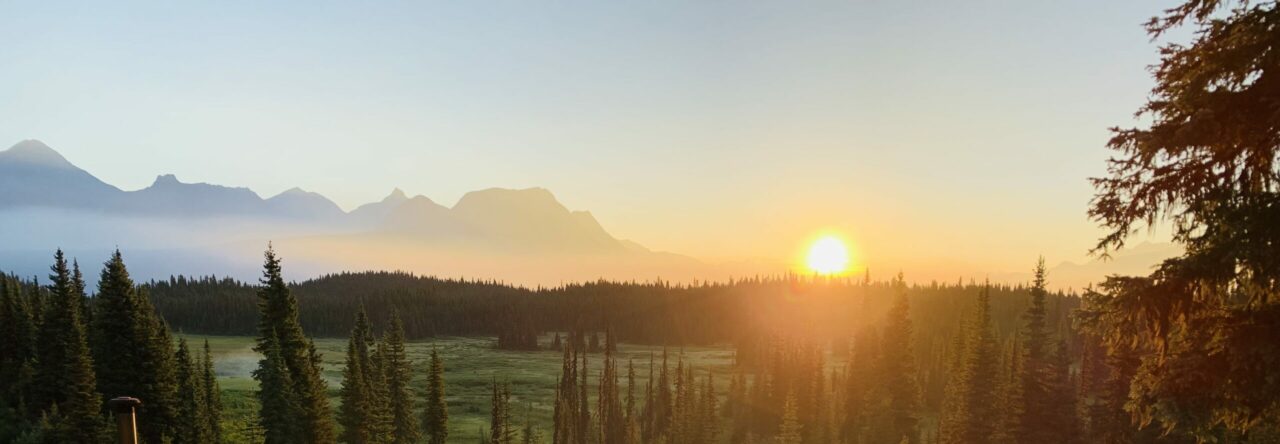EDUC 446 Provocation Post #2
Provocation: Brainstorm the practical applications of the readings in a 21st century, Northern BC classroom. Consider how teachers (both settlers and Indigenous) can create a more equitable experience for Indigenous learners and teach with fidelity to the First Peoples Principles of Learning. What does the experience for learners look like, sound like, and feel like? Explore the role of the teacher in the classroom.
Dawn Zinga’s chapter, “Teaching as the Creation of Ethical Space”, from Indigenous Education (Huia et al, 2019), tasks instructors, faculty, and upper level administrators with a number of responsibilities: to become more aware of the challenges facing Indigenous students in post-secondary spaces; to recognize that such spaces are highly contested and why; to see and understand the ways in which we, as educators, are closely implicated in these contested spaces; to carve out “ethical space” within educational institutions and our practices; and, most importantly, to act and engage purposefully in these “ethical spaces.”
Zinga argues, and I agree, that it has been easy for non-Indigenous students, instructors, and administration to feign ignorance and perpetuate colonial power within educational institutions, drawing upon Foucault’s idea of settlers being “willing vehicles of power” (1977, 1998), and she calls on those in education to push back against the western, Eurocentric “status quo.” Zinga calls for the removal of the “pathologizing lens”, which frames challenges facing Indigenous students as “Indigenous problems” or a “crisis in Indigenous education”, and asks us to equip ourselves with a lens that sees the problem(s) for what they really are—products of colonialism, residential schools, and the Eurocentric belief that Western ways of being and knowing are superior to those of Indigenous ways of being and knowing.
Zinga’s concept of “ethical space” is extremely important and something I deeply connected to. As a Social Geography major, ‘space’ is something I have explored at length; it encompasses so much more than physical space—it has cultural, social, emotional, psychological, meta-physical, sexual, racial, ethnic, and gendered aspects; it is the space that occupies our minds, bodies, and souls; it resonates in our homes, communities, and the places we inhabit (i.e. the educational institutions Zinga discusses).
Zinga’s “ethical space”, combined with the First Peoples Principles of Learning (FNESC) and Dr. Tina Fraser’s 9 R’s (2021), based on the work of Kirkness and Barnhardt (1991), provides a powerful approach to teaching in 21st century, Northern BC classrooms—an approach I had the privilege of being a part of while teaching Grade 4/5 at Parkland Elementary School (one of Quesnel’s rural, land-based schools located near Ten Mile Lake). Myself, my co-teacher, the Indigenous Support Teacher, and two amazing Indigenous Elders worked together to ensure that our classroom was a place of equitable learning, one where Indigenous-learners, alongside their non-Indigenous peers, felt safe and confident in their ways of being and knowing.
Students participated in Dakelh language lessons delivered by an Indigenous Elder from the community. Various Elders gifted us their time, voice, and knowledge, coming to our classroom to share traditions and pass along cherished stories and legends centered on the importance of “people, place, and land”; on connections to ancestors, family, community, languages, and the traditional territories that sustained them. Students had the opportunity to see and touch important Indigenous artifacts, to taste and smell traditional foods, and hear traditional music and voices. Students participated in Smudging Ceremonies, made talking sticks, and took part in story circles where they shared personal experiences. “Friday Forest, Fort, and Forage Days” and “Winter and Summer Solstice Days” were implemented to give students time to immerse themselves in nature and explore how their in-class Indigenous learning and the First People Principles could be applied outside the classroom. As a class, and in small groups, students worked together to create shelters, make fire, and build traditional tools and weapons; identified plants, berries, and animal prints; fished with fishing rods they carved; and made and cooked bannock over fire with berries they picked and boiled into a sweet jam.
My co-teacher and I provided time and made these opportunities a priority in our curriculum. We recognized that “ethical space” was critical to student learning (Indigenous and non-Indigenous) and reached out to our District’s Aboriginal Education Department who connected us to amazing Elders in our community. Aside our students, we collectively co-constructed, engaged, and participated in “ethical space”—making the space and experience one of fulfillment and enrichment for all involved!


References
- Dr. Tina Fraser’s 9 R’s, based on the work of Kirkness and Barnhardt (1991) with the addition of her five R’s (2021), which together “represent the significance of learning, looking, listening, and language” in the classroom.
- The First Peoples Principles of Learning (FNESC n.d.) “Teaching as the Creation of an Ethical Space” (Zinga, 2019) from Indigenous Education (Huia et al, 2019)

Leave a Reply